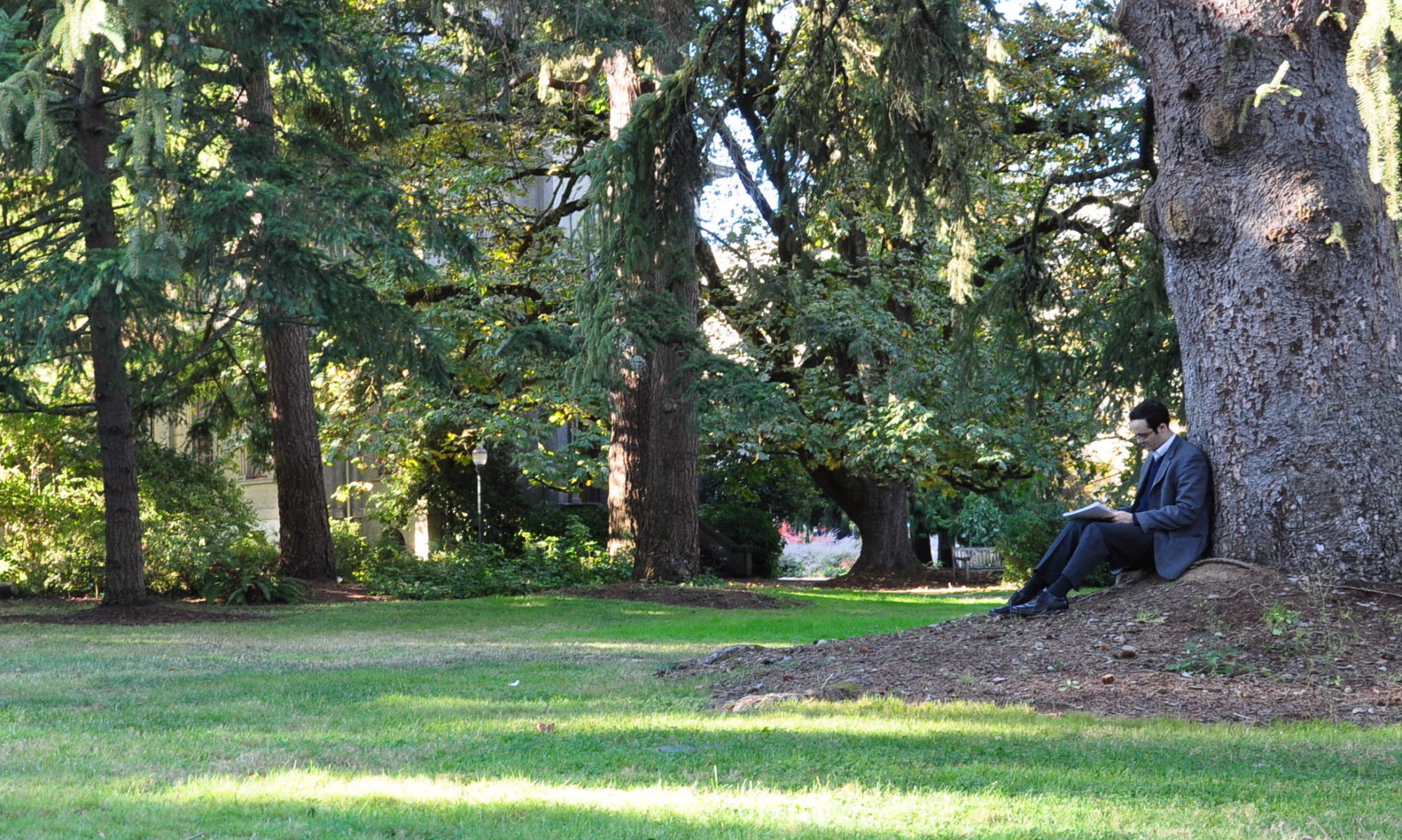Composition Pedagogy
Two pillars of Learning Composition:
Score-Study Based Composition and Keyboard Harmony
Score Study-Based Composition
I teach composition by guiding students in a series of score-study based research/composition projects, specifically tailored to their interests and abilities. In score-study based composition, the student and I put together a composition project and propose a repertoire of relevant scores to be studied based on the genre of the project. For instance, a project based around writing a scherzo movement for string quartet will first involve close study of at least four quartet scherzos. Following this research, the student then composes their own piece. Unlike “model” or “style” composition, students need not base their pieces on any particular work they have studied, but rather, are encouraged to take inspiration from the works studied, writing in whatever styles they may choose.
One key aspect of this pedagogy is that I guide the student in learning how to study scores as a composer—something I call “composers’ score study.” This involves the analysis of repertoire in order to learn and assimilate compositional techniques. Basically, it is an attempt to answer the questions: Why does this piece work well? and Why was it written this way? Unlike in theory-centric analysis, this approach does not necessarily aim for an overall thesis, nor does it skim over details to focus only on elements related to an overall point. Rather, it involves all musical aspects and parameters, ranging from overall formal structures down to seemingly mundane details, simply asking, “Why is it this way?” Overall, this kind of score study constitutes a vital “taking in” of information and techniques, making it a needed corollary to the “putting out” of composing.
Keyboard Harmony: A Schematic Approach
While “composers’ score study” enriches a composer’s toolbox in very specific and direct ways, keyboard harmony as I teach it builds and strengthens a student’s harmonic instincts, yielding a more intuitive, more embodied kind of knowledge. It is no accident that for much of music history, keyboard harmony (in the form of figured bass pedagogy and partimenti) was the only way of teaching harmony to professional musicians.
I teach keyboard harmony by highlighting a series of harmonic patterns or schemes with specific voice leading to be learned at the keyboard. Patterns are first introduced in examples, and then drilled in exercises—short combinations of basic progressions to be learned in all keys. Following this, the patterns are reinforced and applied in the context of other patterns as the student realizes figured basses under my supervision.
To achieve true harmonic fluency, I feel that the patterns must be embodied—a student should be able to reproduce them in a variety of contexts faster than they would consciously figure them out. While standard theory pedagogy emphasizes rules of what not to do—what “mistakes” to avoid—it is, in truth, little more than a slow process of trial and error that tends to involve written exercises painstakingly and slowly worked out. Such work is not conducive to fluency—something which implies an ability to think on one’s feet—and to hear and feel harmony rather than to abstractly construct it after much time and effort. For composers and high-level musicians, fluency in a fully worked-out tonal system is an invaluable tool.
Below is a sample of Examples, Exercises and Figured Basses, from my forthcoming textbook:
Keyboard-Harmony-Ch.-1-Examples-Exercises-Basses